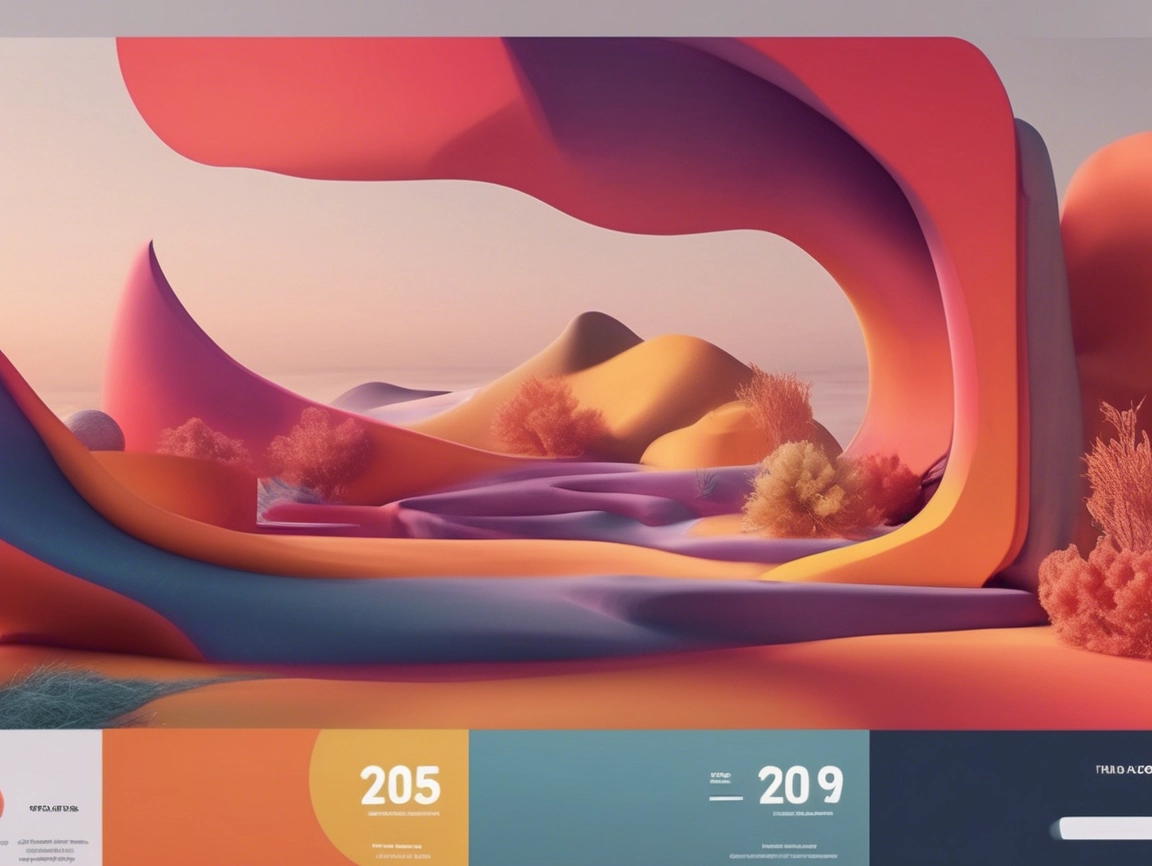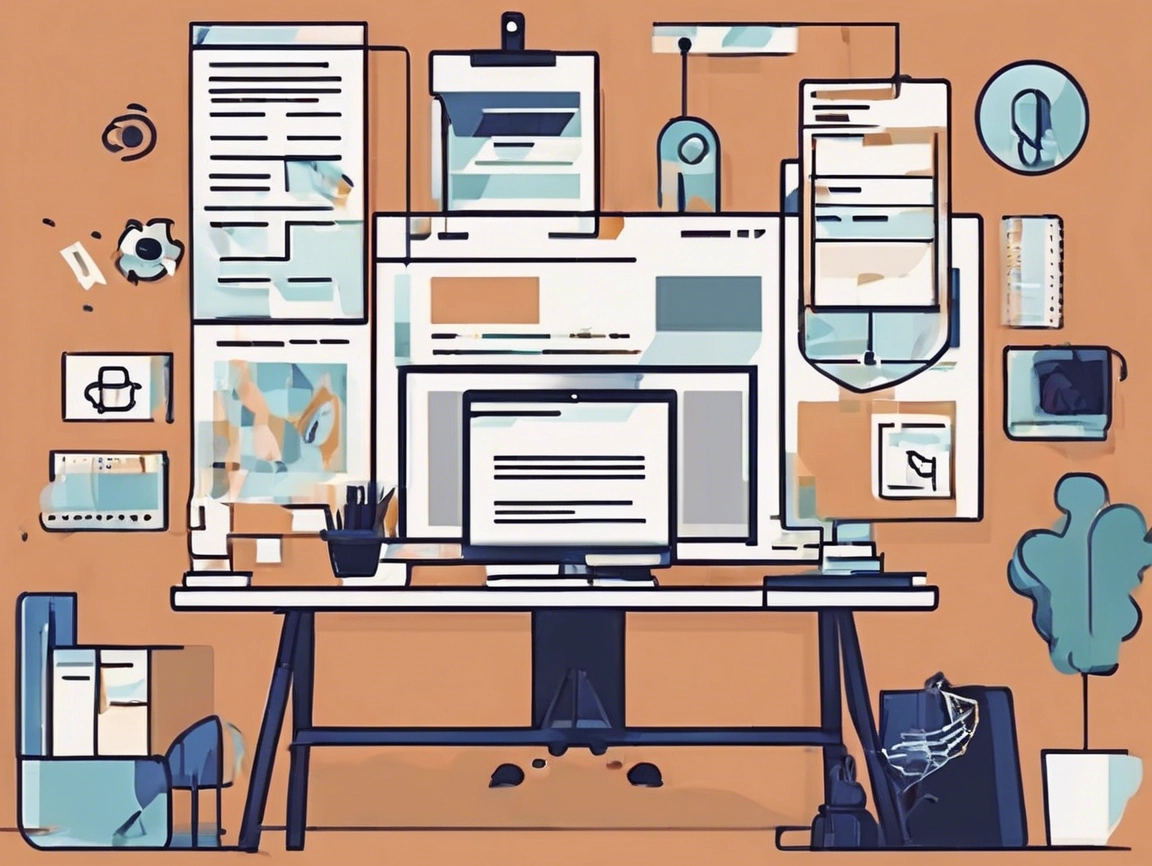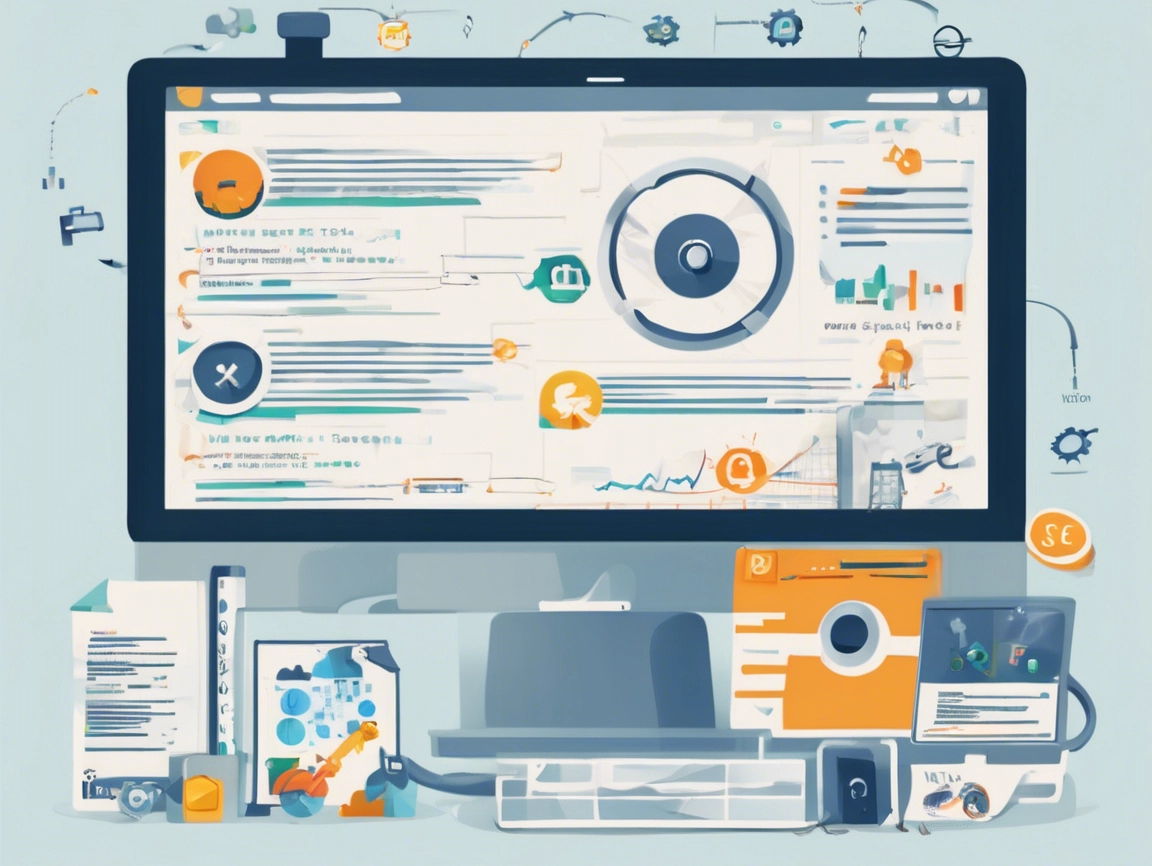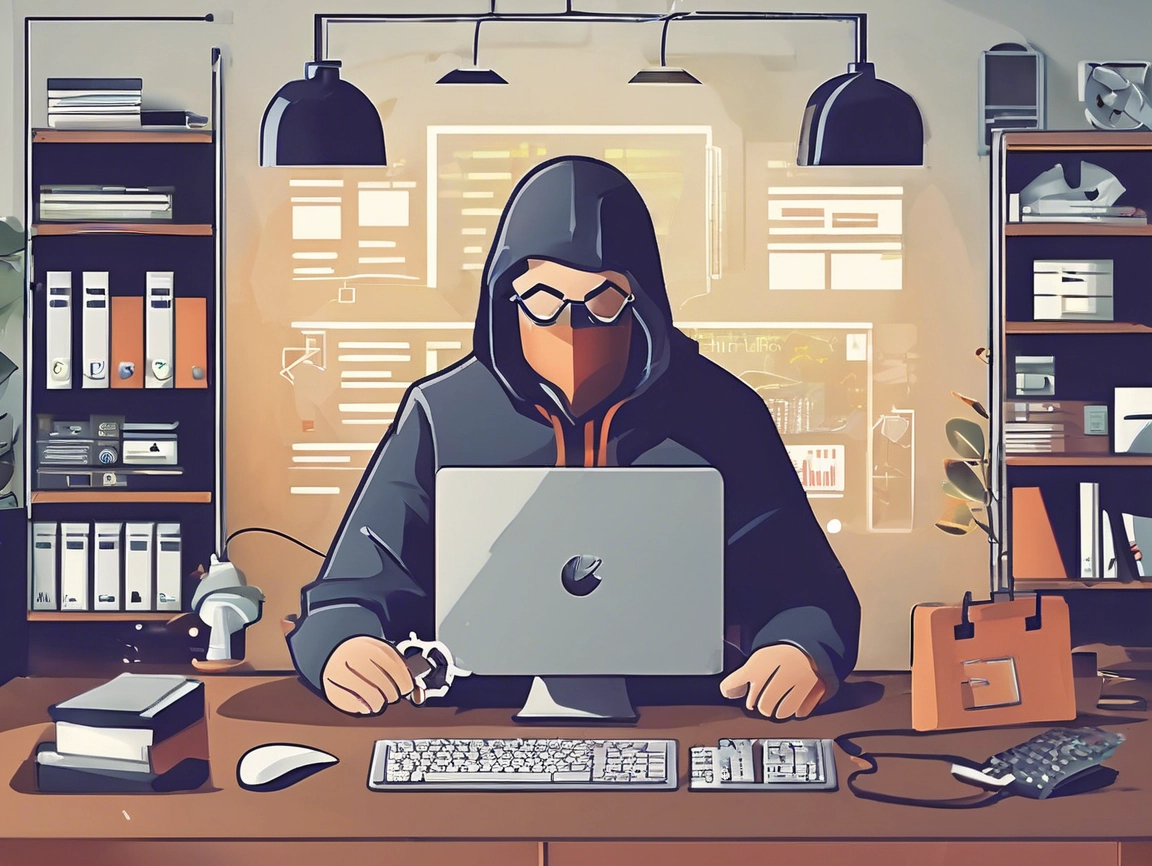Cap Puckhaber, Reno, Nevada
As we enter 2025, web and graphic design evolve quickly, reflecting changes in technology and user behavior. In 2025, designs blend bold, organic elements with functional, user-centered aesthetics. These trends push the boundaries of what websites can do. Whether you’re a business owner or designer, knowing the trends for 2025 can keep you ahead.
1. Organic Asymmetric Shapes in Web Design
One of the most prominent design trends in 2025 is the rise of organic asymmetric shapes. Unlike traditional geometric shapes with perfect symmetry, organic shapes bring a sense of fluidity and unpredictability to a website’s layout. These shapes often appear as natural, flowing curves that evoke a more relaxed, approachable feel.
Incorporating organic asymmetric shapes helps break the grid and create more dynamic, visually engaging web pages. Designers are embracing this trend to make websites feel unique, moving away from sterile, grid-based layouts. These shapes appear in background elements, buttons, or interactive features that guide users through pages. The trend adds visual interest and improves user experience by focusing attention and encouraging exploration. In 2025, expect more websites to use these shapes in navigation menus, headers, and call-to-action buttons.
📌 Example: A great example of this is the portfolio site of Jessica Walsh, where flowing, irregular shapes guide users through her work. Instead of sharp boxes or strict columns, the layout feels like it breathes — creating a sense of motion and creativity that mirrors her brand. Similarly, SaaS companies are beginning to replace rigid hero sections with organic blobs or curved separators to add a human, friendly vibe to what would otherwise be a sterile UI.
2. The Importance of Shapes in Web Design
In 2025, shapes in web design go far beyond simple geometric elements. Shapes are now integral to how we communicate visually with users. From squares and circles to more complex polygons, shapes are used strategically to direct the user’s attention and improve functionality.
Web designers will continue to experiment with varying proportions and relationships between shapes. Large, overlapping shapes can break up content, offering visual breaks and making information easier to digest. Triangles and sharp-edged shapes will highlight key areas, like calls to action (CTAs). Smooth curves and rounded shapes add comfort and balance to the overall design.
📌 Example: For instance, the homepage of Stripe uses subtle geometric layering in the background — semi-transparent circles and diagonal shapes — to lead the eye down the page without overwhelming the content. Designers are using layered triangles to point toward CTAs, and rounded corners on cards and buttons to soften UX. The interplay between hard and soft shapes can dramatically impact how users interpret hierarchy and emotion.
3. Design Trends for 2025: A Focus on User-Centered Aesthetics
As we move into 2025, user experience (UX) remains at the core of web design trends. Websites and graphic designs are becoming more responsive, intuitive, and personalized, aiming to create seamless interactions with users. The minimalist designs that focused on clutter-free navigation will give way to more nuanced, thoughtful layouts that reflect the user’s needs and behaviors.
Expect to see an increased focus on microinteractions—small animations and effects that respond to user actions. These add personality to websites and enhance the overall experience. However, in 2025, the emphasis will be on subtlety and efficiency. Over-the-top animations are being replaced by smooth, thoughtful transitions that guide users through their journey without distraction.
📌 Example: Take Airbnb’s booking experience as an example: it uses subtle animations when you scroll or hover — like listings gently lifting or highlighting in real time. These microinteractions help users feel guided without feeling overwhelmed. Another trend is smart navigation bars that collapse or morph based on scroll behavior — streamlining the path to content depending on where a user is in their journey.
4. Web Design Colors in 2025
Color is a powerful tool in web design, and in 2025, the approach to web design colors is evolving. Designers will experiment with bold, unexpected combinations, moving beyond the typical blue-and-white corporate palettes to embrace a broader spectrum. From muted pastels to neon accents, colors will convey both mood and meaning, guiding users through an emotional journey as they interact with a website.
Expect a return to warm tones, such as earthy oranges and deep reds, which evoke feelings of comfort and engagement. Monochromatic schemes with subtle gradients are also trending, offering a sleek, modern look while creating a sense of harmony throughout the design.
Another trend to watch is the growing influence of dark mode designs. More websites are adopting dark themes, which not only reduce eye strain but also highlight vibrant accent colors, providing a dramatic contrast. In 2025, expect to see this trend continue to grow, especially as dark mode becomes more integrated into operating systems and apps.
📌 Example: Look at the 2025 redesign of Dropbox’s homepage — it uses muted violet overlays paired with bright aqua highlights. This unexpected combo adds freshness without being abrasive. Some brands are even leveraging “color storytelling” — where a user’s progression through a site changes the background or accent colors to match emotional beats, like excitement for a product launch or calm during onboarding.
5. Graphic Design Colors in 2025: More Bold and Unexpected Choices
While web design colors are moving toward warmth and muted tones, graphic design colors are becoming more daring. 2025 will be marked by bold color pairings that push the boundaries of conventional design. Designers will experiment with contrasting color combinations, adding vibrancy and energy to graphic designs.
Vivid gradients that blend multiple bold colors will be used for backgrounds and promotional graphics, helping brands stand out in a crowded digital space. Neon colors and high-contrast color schemes are making a comeback, especially for brands looking to attract younger, tech-savvy audiences.
📌 Example: In a recent campaign, Nike embraced vivid color blocking — combining electric purples with highlighter yellow text over dark backgrounds. These bold choices are particularly effective in social media graphics, where grabbing attention within a fraction of a second is critical. Tools like Adobe Firefly or Figma plugins now help designers test bold color accessibility in real time, so even unconventional combos stay inclusive.
6. New Web Design Trends to Look Out for in 2025
As we approach 2025, there are several other exciting web design trends that are reshaping the digital landscape. These include:
- 3D Elements and Immersive Design: Thanks to advancements in technology, websites will incorporate more 3D designs and immersive experiences that make users feel like they’re interacting with real-world objects.
- AI-Powered Personalization: Artificial Intelligence is being used to create more personalized experiences, where the content on a website adapts to the user’s preferences and browsing history.
- Sustainability in Design: Eco-conscious design will take center stage, with an emphasis on energy-efficient websites that load quickly and consume less data. Expect to see more sustainable web design practices focused on reducing digital waste.
- Augmented Reality (AR): More websites will integrate AR features to enhance the user experience, especially in retail and e-commerce websites, allowing users to visualize products in their own space before purchasing.
📌 Example: IKEA’s new AR-integrated web platform lets users see how furniture fits into their space via a smartphone camera. On the sustainability side, Google’s “Sustainable Web Design” guide is influencing brands to reduce image sizes, embrace minimalist coding, and even use energy-efficient fonts (yes, that’s a thing!). Meanwhile, AI-powered platforms like Wix and Framer are generating personalized landing pages on the fly based on the user’s referral source or behavior.
Conclusion
In 2025, web and graphic design will embrace fluidity, creativity, and a deeper focus on user experience. From organic asymmetric shapes to daring color choices, the trends of 2025 promise to create engaging, dynamic, and personalized websites. As you plan your next project, staying in tune with these trends will help ensure that your website not only looks modern but also provides the best possible experience for users. By embracing these new design aesthetics and technologies, you’ll be ready to captivate audiences in the ever-evolving digital world.
As we move into 2025, web and graphic design continue to evolve at a rapid pace, reflecting shifts in technology, user behavior, and aesthetic preferences. In 2025, we’re seeing a blend of bold, organic designs and functional, user-centered aesthetics that push the boundaries of what websites can achieve. Whether you’re a business owner looking to revamp your website or a designer planning your next project, understanding the design trends for 2025 can help you stay ahead of the curve.
Want more website tips from a fellow small business owner? Follow me, Cap Puckhaber, at WebsiteJockey.com where I share no-fluff insights on building, launching, and securing your online presence like a pro.
More blogs



